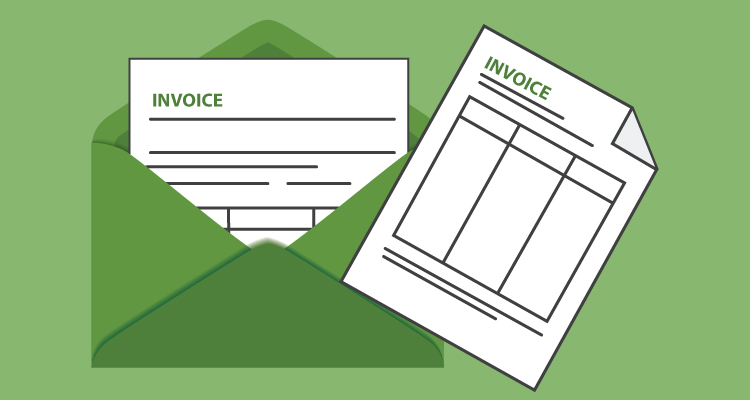As a freelancer, invoicing is one of the most important things you can do. If you make invoice mistakes you’ll get paid late, or won’t get paid at all?
Putting together a good invoice is one of the best ways to smooth your cash flow. With the right invoicing system, you are more likely to get paid faster and be paid in full.
However, you need to avoid invoicing mistakes for the best effect. Some mistakes can slow you down at invoicing, taking up valuable time. Other mistakes can confuse your clients and result in slowed payment as you answer questions.
Here are some invoicing mistakes to avoid as a freelancer:
Table of Contents
Toggle1. Not Having a Pricing Schedule
The first mistake is not having a pricing schedule. Do you and your clients know what to expect? Come up with a price that makes sense. Do you have a method for setting prices? It’s a good idea to know how you will charge ahead of time. Is it by the hour? Per project? Agree on terms of pricing ahead of time and then stick to them in the invoice. That way, your pricing terms will be clear and expected.
2. Lack of Professional-Looking Invoice
One of the biggest invoicing mistakes as a freelancer is sending an invoice that doesn’t look professional. Do you have a logo or watermark? Add it to the invoice.
Consider using an invoicing system that produces professional and uniform invoices. This should include the work finished, the price, and the number completed. These invoicing programs can also add up the total for you automatically and send the invoices. Professional-looking invoices help build your credibility and the consistency can put clients at ease.
Create a template that you can use on a regular basis so that it looks the same each time.
3. Forgetting to Include Payment Terms
When I first performed an invoice audit to review my own policies, it occurred to me that I wasn’t including payment terms. Adding a due date to your invoice can help ensure you get paid on time and in full.
With payment terms delivered, you should also consider adding a policy related to late payments. You can add a fee or a charged interest. When you include payment terms, including late payments, you can encourage faster payment. Plus, it lets your clients know that you really mean business.
4. Unclear Line Items
Do your clients even know what they are paying for? One of the invoicing mistakes is using vague line items. It’s important to be clear on the invoice so that your client knows exactly what is happening. Make sure to describe the different items so your clients can keep track of what they are paying for, and so they can understand the invoice. This will lead to fewer questions about the invoice. When you have less back and forth over the invoices, things run much smoother.
5. Not Sending Your Invoice Consistently
Another practice I struggle with is sending my invoices consistently. I invoice twice a month, but sometimes I’m late invoicing by a day or two. It’s a practice that I need to be better at. Your clients are more likely to pay on time when they know an invoice is coming. If you have regular clients, setting up recurring invoices can be one way to ensure that you get the invoices sent on time.















